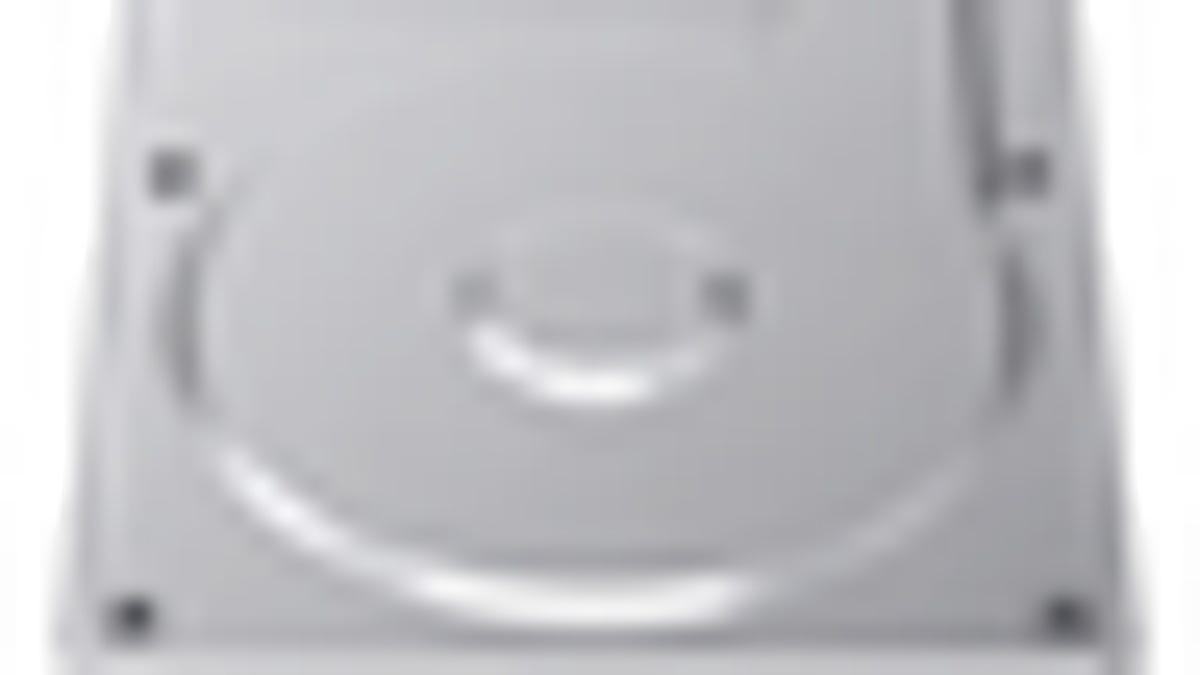Troubleshooting external hard drives that will not mount
If you use external USB or FireWire hard drives on your Mac, one problem you may encounter is where the drive will not mount in OS X when attached to your computer.

If you use external USB or FireWire hard drives on your Mac, one problem you may encounter is where the drive will not mount in OS X when attached to your computer. It may make whirring sounds as the device powers up, but will not display in the Finder. If this happens, there are several things you can try:
1. Relaunch the Finder.
The discs may be mounted and available; however, if the Finder is having troubles displaying them then it may appear as though the discs are not mounted. Press the Option key and right-click the Finder icon in the Dock, and choose "Relaunch".
2. Change the port.
Sometimes there are differences in the USB ports on the system, which result in power or speed differences that can result in external devices not being recognized properly. Try each USB or FireWire port available on your system (use FireWire 400/800 adaptors or conversion cables if necessary) to see if that helps. You can also try this when booted into Safe Mode, to see if any third-party plug-ins or nonessential features of OS X are contributing to the problem.
3. Plug in power adaptor (if available).
Some external drives come with optional power adaptors (especially smaller and more portable drives). If you have one, try plugging it in so the drive is not reliant upon bus power. Low power can definitely prevent a drive from working properly.
4. Avoid daisy-chaining.
When troubleshooting USB or firewire devices, unplug all except for the problematic device (and your keyboard and mouse, of course) and plug it directly into your system. Do not route it through the keyboard or a USB/FireWire hub, as this is yet another source for incompatibilities and problems.
5. Try a different connection type.
Some devices have both USB and FireWire ports, so use each of them to see if the device works. If it does with any of the ports, then you know the device is probably not to blame and can focus on troubleshooting the bus/connector that is causing issues.
6. Run general maintenance.
Give your computer a once-over maintenance run. Reset the PRAM and SMC, followed by booting into Safe Mode and clearing caches and performing a permissions fix with various maintenance utilities (Cocktail, Yasu, OnyX, just to name a few). Then boot normally and reboot again (the first boot will fill caches and be a little slower than the second) before trying the problematic external drive.
7. Drive problems
Last but not least, there may be problems with the drive itself, which can be caused by a number of issues including power or connection interruptions without properly unmounting the drive (a frequent occurrence for external drives). For information on how to tackle partition and volume problems, see this recent MacFixIt article.
Questions? Comments? Post them below or e-mail us!
Be sure to check us out on Twitter and the CNET Mac forums.

